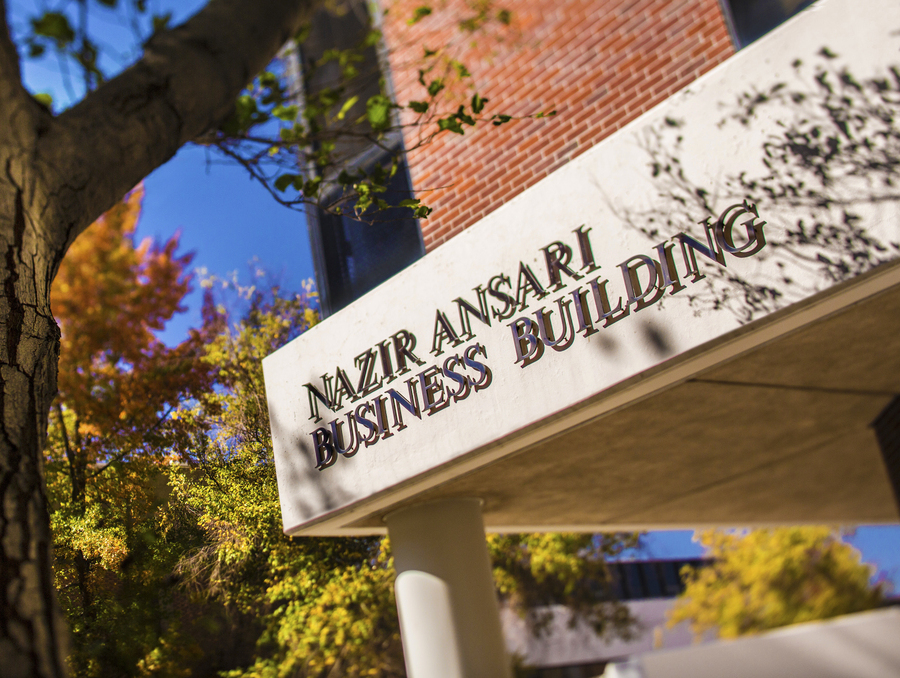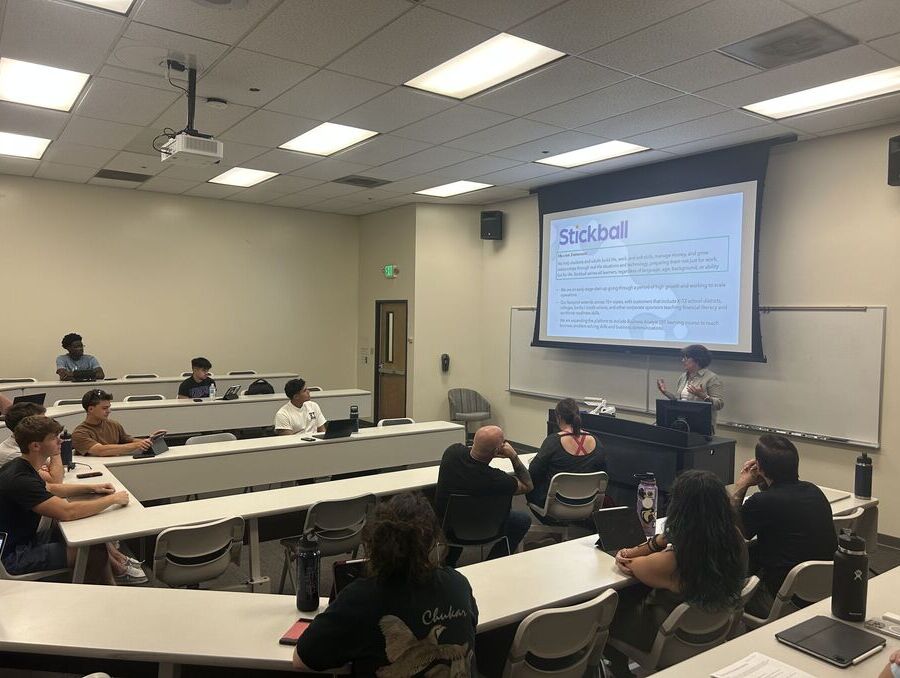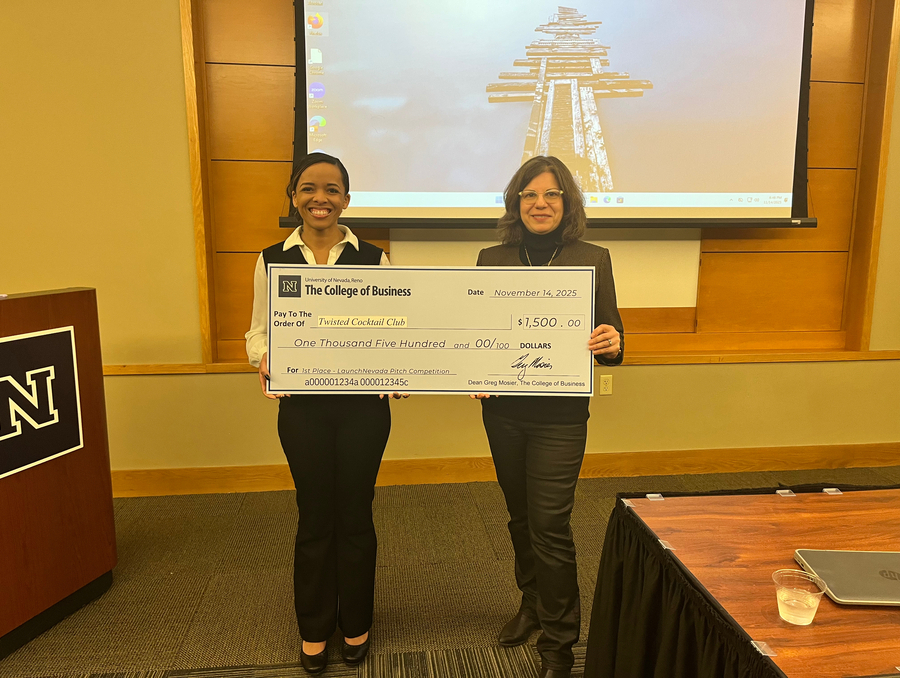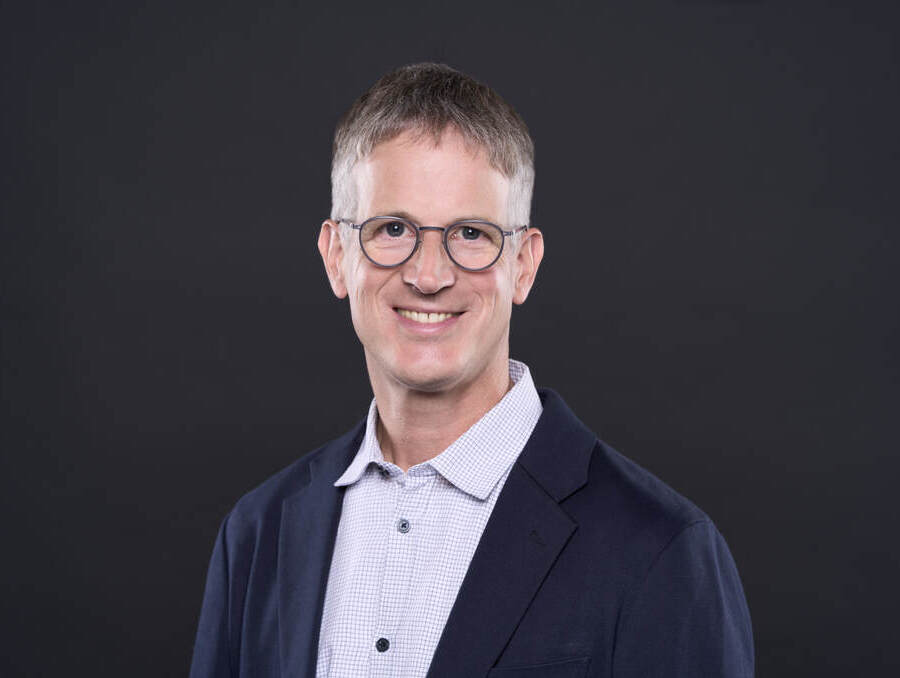On Feb 6. Sandun Perera, associate professor of business analytics and operations at the University of Nevada, Reno, and his international coauthors including Yong Wang, Sachin K. Mangla, Linna Han, and Malin Song, unveiled their groundbreaking research aimed at supporting the universal health coverage goals of the United Nations (UN) and the World Health Organization (WHO).
In the article, “Aligning Development Aid toward Sustainable Development Goals: When and Where is Aid Effective on the Health Workforce?” published in Production and Operations Management journal, one of the Financial Times top 50 journals, the authors study the effectiveness of aid toward the health workforce development in developing countries. The UN's Sustainable Development Goals (SDGs) focus on ensuring universal health coverage by 2030 and WHO highlights the pivotal role of healthcare workers in achieving SDG-3.
The research aimed to boost the confidence of donors and funding managers by demonstrating how effective development aid can be in improving the health workforce. This effort specifically aligns with the SDG 3.c goal set by the UN. Additionally, researchers seek to provide clear guidance to funding managers and policymakers on the most effective ways to use development aid to enhance the growth of the health workforce. This will help ensure that aid is allocated to the right segment within the healthcare sector.
It was evident that even before the COVID-19 pandemic, there weren't enough healthcare workers worldwide. There was a large gap of 18 million between the number of workers there were and what was needed. In 2018, most countries in the African region had less than ten nurses and midwives for every 10,000 people. When the pandemic hit, it made these shortages even worse, and some countries had to ask for help from others. Despite these high needs and the introduction of SDG 3.c, which focuses on improving health financing and the health workforce, only a tiny 0.78% of all the money for healthcare in 2020 actually went towards helping build up the healthcare workforce. This small amount shows a big problem: not enough money is going to where it's most needed. The goal was to show how helpful development aid can be when allocated effectively.
“On one hand, given the dire need for the health workforce in developing countries, we were very surprised to know that only less than one percent of all official health aid has been directed to health workforce development,” Perera said. “On the other hand, the effectiveness of health personnel development aids within individual segments of the health workforce and constraints that determine the effectiveness was not known to policymakers, thereby greatly deterring the provision and allocation of aids.”
In their research, they also observed that during global pandemics like COVID-19, people tend to support giving less money for aid. This happens because the countries donating money also have financial troubles during these crises. However, they argue that support for aid could go up when people see it as a way to stop future outbreaks, especially by helping developing countries first. More interestingly, as a breakthrough finding, researchers show that the money given for aid always helps nurses and midwives irrespective of the current workforce density of this leading segment. Thus, to address global health workforce shortages amid pandemics, the funding managers should focus on showing donors how effective the aid is, especially when targeted toward pandemic-specific health workforce development such as nurses and midwives.
Additionally, when deciding where to send aid, people should think about the government effectiveness of recipient countries as well as the current density of individual segments within the health workforce. For example, if a country doesn't have enough doctors and clinical workers, sending aid might not directly solve that problem. Also, the effectiveness of aid varies depending on how many healthcare workers a country already has.
“Ensuring universal health coverage is one of the top priorities under the United Nations’ Sustainable Development Goals (SDGs). Moreover, the Association to Advance Collegiate Schools of Business (AACSB) is keen on our commitment to SDGs. Our research not only directly supports the UN’s SDG-3 on Good Health and Well-being by urging funding managers and donors to reconsider overall aid provision and allocation for adequate, fair, and effective support for global health workforce development, but also fulfills the AACSB’s mission on the societal impact of Business School research. Lastly, it’s very satisfying to see insights derived from data-driven research shedding light on a real-life humanitarian problem,” Perera said.
The research highlights the urgent need for focused support in developing the global healthcare workforce. Despite the essential role healthcare workers play, especially in times like the COVID-19 pandemic, less than one percent of official health aid targets this critical area. By emphasizing the importance of tailoring aid to match the specific needs of recipient countries and concentrating on key groups like nurses and midwives, the study offers practical insights for policymakers and funding managers.
















